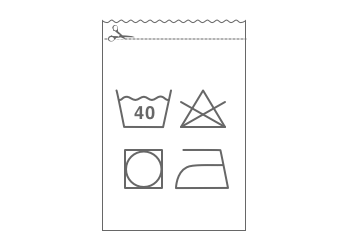The
Where
Check the Region
This is the first spot you should look for on a label. Most of us find the flavors and characteristics that we respond to and the regions where your whiskey is produced plays a big part in that (including what we call it). That's because like most spirits, different areas of the world produce unique flavor profiles and traits within the alcohol made there. A Kentucky bourbon will taste completely different from an Indiana Rye and worlds away from an Islay Scotch. Much of this comes down to what makes up the mash bill (more on that below), the aging process and even the water used in the distillation process.
The
When
Is There an Age Statement?
It's well known that a good portion of a whiskey's flavor comes from the barrel in which it's been aged. The age of a particular whiskey could give you an idea of the flavor to expect. Time tends to break down the roughness of the alcohol, leaving you with a smoother taste. But age in a bourbon, for example, is less important than it is in Scotch. And increasingly, "no age statement" whiskeys are hitting the market. That simply means that there is no age listed on the bottle itself. Many distillers say they don't have the stocks to continue producing certain age stated whiskeys. That's because by law, if you put an age statement on the bottle then every drop in that bottle has to be at least that age. So a 15-year Scotch is comprised entirely of Scotch older than fifteen years.
The
How
Why the Mash Bill Matters
The mash bill refers to the breakdown of what grains are used in the production of a whiskey—it's an ingredients list of sorts. And it's a good sign of quality if distilleries want to boast about what's in the bottle. Because, aside from the type of barrel used in the aging process, the mash bill is the most important factor when it comes to the final flavor of the whiskey. Corn, for example, will produce the most sweetness, while barley adds a toasted, malty flavor. Rye provides a spicy profile and wheat complements the sweetness of corn and softens the finish.
The
Strength
Proof vs ABV
There are typically two measurements of alcohol featured on a bottle: Proof and ABV, which stands for "alcohol by volume." Often, proof is the more common and, thus visible, number featured. According to whiskey historian Fred Minnick, the term originated centuries ago, before instruments allowed you to determine the density of a liquid. The US adopted a simple measurement of alcohol by volume in the 1840s, and modern distillers are now required to print the percent of alcohol by volume, or percent ABV, on the bottle. But they are also allowed to print the proof—which is legally defined as twice the percentage of ABV—even though it's redundant and unnecessary.

































